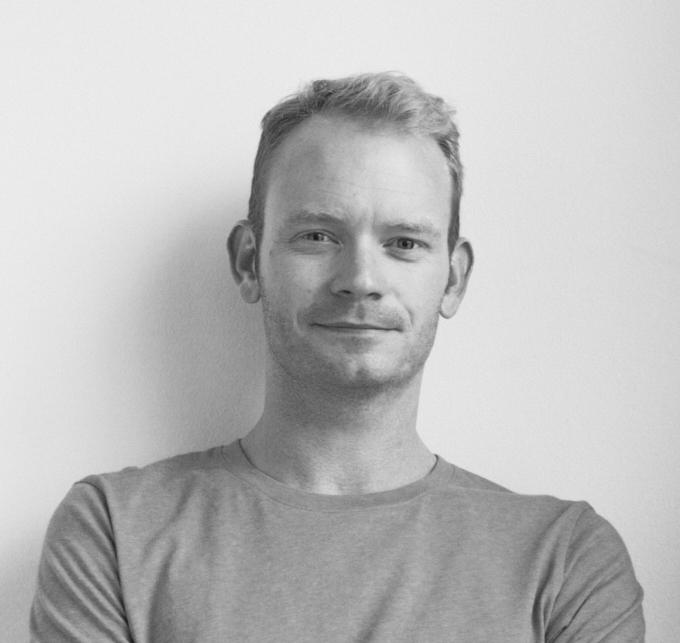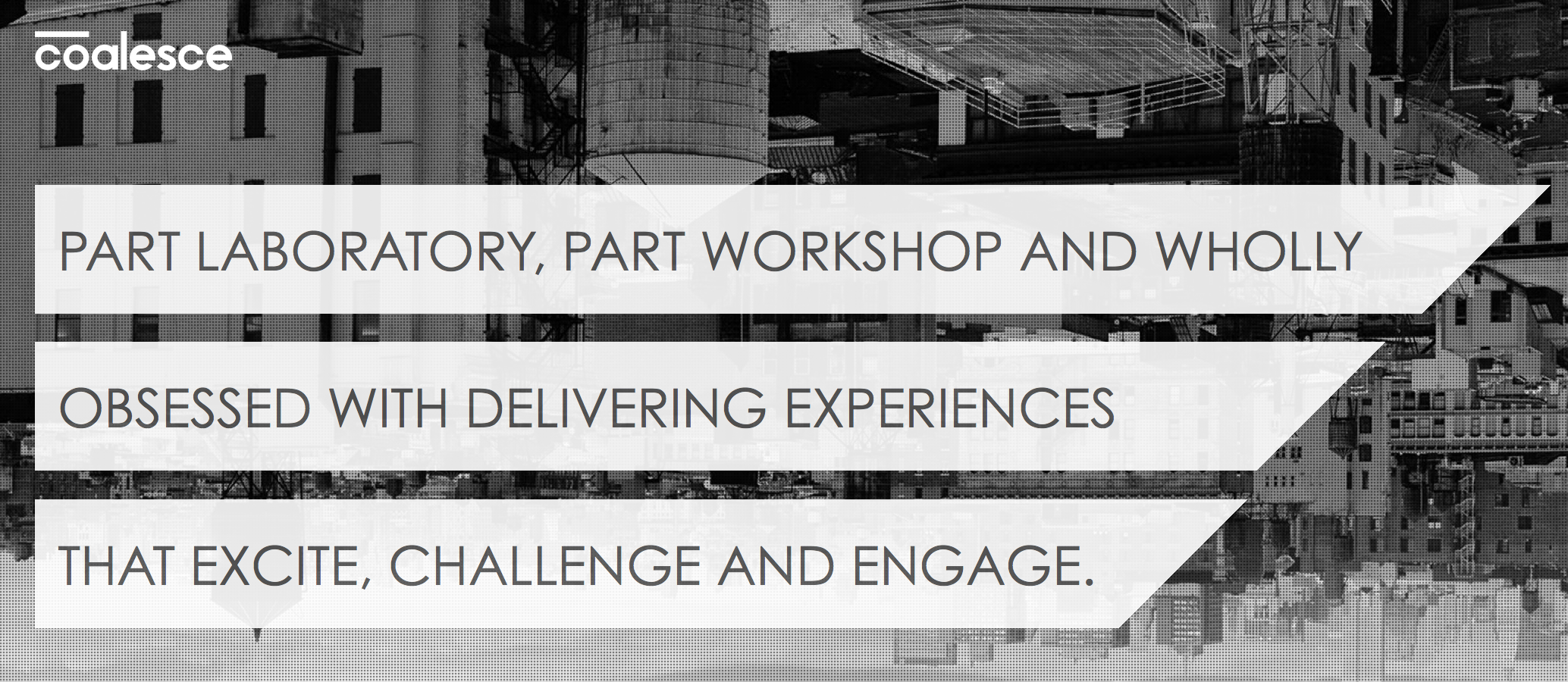20 Years of Innovative Thinking
When we hear the term “STEM” we might think of careers such as chemistry, medicine, or engineering. However, the skills students learn within STEM education can also help them master other strategic careers, too.
Staton Piercey is a prime example. Staton, whose team won 2nd place during ExploraVision in 1995, now leads Strategy & Product at Coaelese in New York, NY. In his spare time, Staton even leads Product Council, a real-time problem solving meetup for startups. Let’s learn how he uses his STEM skills 20 years in the making.

Courtesy: Staton Piercey
Q: Let’s think back to 1995. Can you tell us a bit more about your winning project?
A: We had a team of four classmates and built what we called the “Information Personalized Cane System.” It was essentially a disability assistance platform for the visually impaired. Our augmented cane used connected sensor technology to safely move its users around certain areas. You could even say we imagined the “Internet of Things” before it was officially coined.
Q: What inspired your career in strategy and design?
A: There wasn’t one defining moment, but I did grow up in a home that fostered a love of learning. Because my parents were a physicist and mathematician, I learned to think about problems with the scientific process at an early age. Then through ExploraVision, I discovered how to build solutions around users’ needs, expectations, and behaviors. Together, all of those disciplines influenced my career in helping others with product strategy and design.

Courtesy: Coalesce.us
Q: How frequently do you use STEM principles in your day-to-day job?
A: No matter what my team is creating, STEM principles are always a huge part of what we do. Our team is full of critical thinkers and problem solvers who have had years of experience refining their skills. Each of those concepts is pivotal in finding a solution for clients.
Q: When you’re faced with a design challenge, what is the first step you take to solving the issue?
A: I engage my team in discovery and inquiry. We try to assess the root of the question—for whom are we solving the problem? To us, the audience is always important—whether it’s physical or digital. Understanding the user is the basis for building a product. We always put the user first then design the solution.
Q: Do you have any advice for future designers who will participate in ExploraVision?
A: Take every opportunity you can to exercise your discovery skills. You may not always have the ability to build something when you’re young, but you can always ask questions. Don’t be afraid to ask your coach or mentor how systems and processes work. For someone like myself—from a small town in Mississippi—ExploraVision made big waves and got students excited about helping others through technology.
Ready to inspire your classroom of future STEM leaders with project-based learning? Registration is open now.